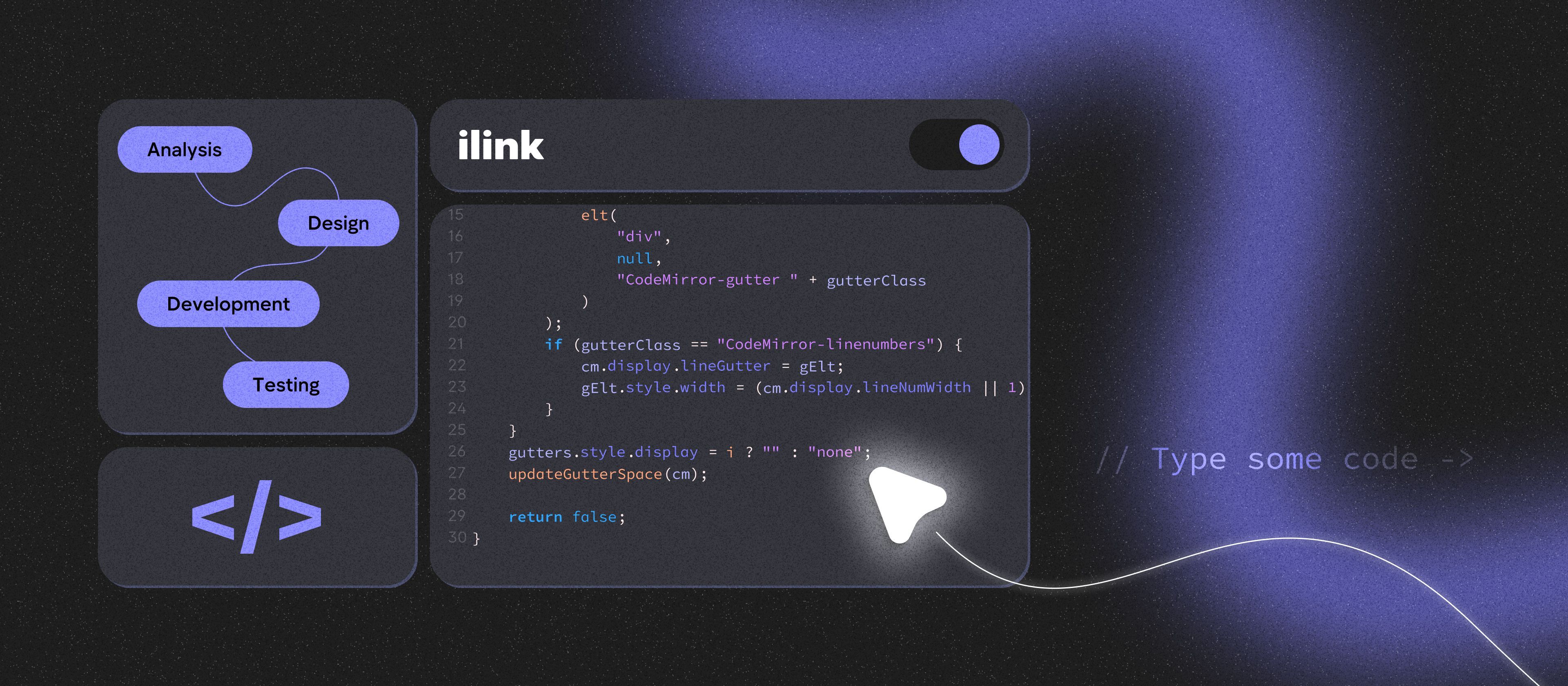Comprehensive Mobile Application Development Solutions for Businesses in 2025
Introduction
In today's fast-paced digital world, mobile applications are a cornerstone of business strategy. As businesses strive to improve user engagement, increase accessibility, and enhance customer experiences, mobile apps are increasingly becoming a vital part of the digital ecosystem. Whether it's a consumer-facing mobile app or an internal business solution, mobile applications offer a range of benefits that can help businesses stay competitive in 2025.
The Growing Need for Mobile Applications
As technology continues to evolve, the need for mobile applications is more evident than ever. With the global smartphone user base expected to reach nearly 7.5 billion by 2025, businesses cannot afford to overlook the power of mobile apps in reaching their target audience.
Key benefits include:
- Wider audience reach. Mobile apps allow businesses to engage with customers on the go, providing convenience and seamless experiences.
- Increased customer retention. With a mobile app, businesses can create personalized user experiences, fostering long-term customer relationships.
- Brand awareness. A well-developed app strengthens brand visibility and loyalty, increasing user retention and promoting your brand continuously.
Types of Mobile Applications
When considering mobile application development, businesses need to choose the right type of app that aligns with their objectives. Here are the three primary types of mobile applications:
- Native apps. Native apps are built specifically for a particular operating system (iOS or Android). They offer high performance and are optimized for the best user experience. Native apps can leverage device-specific features like GPS, camera, and sensors. They are ideal for apps that need to maximize performance and user interaction, such as social media platforms or gaming apps.
- Hybrid apps. Hybrid apps combine elements of both native and web apps. They are cost-effective and developed using web technologies like HTML5, CSS, and JavaScript. Hybrid apps can run on multiple platforms (iOS, Android, etc.) from a single codebase, making them a popular choice for startups or businesses with a tight budget.
- Progressive web apps (PWAs). PWAs are web applications that behave like native apps. They offer a seamless experience by loading quickly, even on slower networks, and can be used offline. PWAs are gaining popularity due to their low development cost and broad reach across devices and platforms.
Key Features of a Successful Mobile Application
For a mobile application to be successful, it needs to be designed with user-centric features that not only meet user needs but also drive engagement. Key features include:
- User-centric design. The UI/UX design plays a crucial role in ensuring that users can navigate the app intuitively. An effective design should prioritize simplicity, clarity, and ease of use.
- Speed and performance. Speed is essential for user retention. Slow load times can lead to high abandonment rates. A mobile app should be optimized to ensure fast performance, regardless of the device or network speed.
- Security features. Security is a top priority, especially for mobile apps handling sensitive information. Features such as encryption, multi-factor authentication, and secure payment gateways help to protect user data.
- Scalability. As your business grows, your mobile app needs to scale with it. Scalable architecture ensures that the app can handle increased traffic, new features, and more complex operations without compromising performance.
Are you ready to transform your business with a cutting-edge mobile app? Whether you're looking to develop a native, hybrid, or blockchain-powered app, our expert team at ilink can bring your vision to life.
The Mobile App Development Process
Developing a successful mobile app requires a clear and structured process. Here's a step-by-step look at how mobile apps are typically developed:
- Discovery and planning. This phase involves understanding the business goals, target audience, and market research. It includes defining the core features and functionalities of the app, as well as wireframing the user journey.
- Design & development: The design phase focuses on creating the user interface (UI) and user experience (UX). Once the design is approved, the development process begins, where the app’s functionality is coded using the most suitable framework.
- Testing & quality assurance. Rigorous testing ensures that the app works as expected across different devices and platforms. This phase includes functional testing, usability testing, performance testing, and bug fixing.
- Launch & post-launch support. After the app is launched, continuous support and updates are necessary to address bugs, improve features, and ensure compatibility with the latest devices and operating system updates.
Choosing the Right Mobile App Development Partner
Selecting the right development team is crucial to building a successful mobile app. When evaluating potential partners, consider:
- Industry expertise. Look for developers with experience in your industry (e.g., fintech, healthcare) to ensure that they understand the unique challenges and requirements of your app.
- Portfolio and case studies. A strong portfolio with case studies showcasing previous work helps to gauge the developer's expertise and quality of work.
- Ongoing support. The development process doesn’t stop at launch. A reliable partner will offer post-launch support, including bug fixes, updates, and new feature development.
Mobile Application Development for Blockchain-Based Solutions
Blockchain technology is transforming industries like finance, supply chain, and healthcare, and mobile apps are key to this revolution. Blockchain-based mobile apps, such as cryptocurrency wallets and decentralized finance (DeFi) apps, offer secure and transparent solutions.
Mobile apps integrated with blockchain technology provide:
- Enhanced security. Blockchain’s decentralized nature ensures that user data is protected from breaches.
- Transparency. Transactions are visible to all participants, ensuring trust and accountability.
- Decentralization. Blockchain removes the need for a central authority, empowering users to control their assets and transactions.
Cost of Mobile App Development
The cost of mobile app development can vary based on several factors:
- Type of app. Native apps tend to be more expensive due to their specialized development, while hybrid apps are more cost-effective.
- Complexity. Apps with complex features (e.g., real-time updates, large databases, third-party integrations) will require more time and resources to develop.
- Design and customization. The more customized the design and features, the higher the development cost.
On average, the development of a mobile app can range from $10,000 to $500,000 or more, depending on the scope and requirements.
Future Trends in Mobile App Development
As technology evolves, so do the trends in mobile app development. Some key trends to watch in 2025 include:
- AI integration. AI-powered features like chatbots, personalization algorithms, and predictive analytics are becoming essential for enhancing the user experience.
- 5G technology. The rollout of 5G networks will provide faster speeds, enabling more sophisticated mobile apps with real-time features.
- AR/VR. Augmented and virtual reality technologies are making their way into mobile apps, offering immersive experiences in sectors like gaming, retail, and education.
- Blockchain & decentralized apps. Blockchain-based mobile apps are expected to grow, offering secure and transparent solutions for industries like finance, supply chain, and healthcare.
Mobile application development is no longer optional for businesses that want to stay competitive in 2025. Whether you opt for a native, hybrid, or PWA approach, a successful mobile app requires careful planning, user-centric design, and a skilled development partner. As new technologies like AI, 5G, and blockchain continue to shape the future of mobile apps, businesses must stay ahead of the curve to provide seamless, secure, and innovative experiences for their users.
Comments (0)
Latest Posts
When a business should create own cryptocurrency? In this article, we'll discuss the types of cryptocurrency, how to launch, and where crypto generates the most income.
Why businesses need custom web solutions designed for growth - From profitable SaaS platforms to fintech and marketplaces.
Do You Have Any Questions?
Leave your details - we will contact you to answer all your questions




